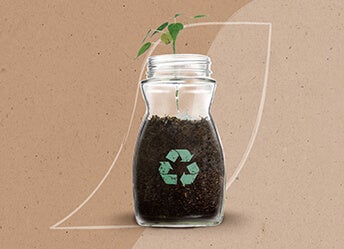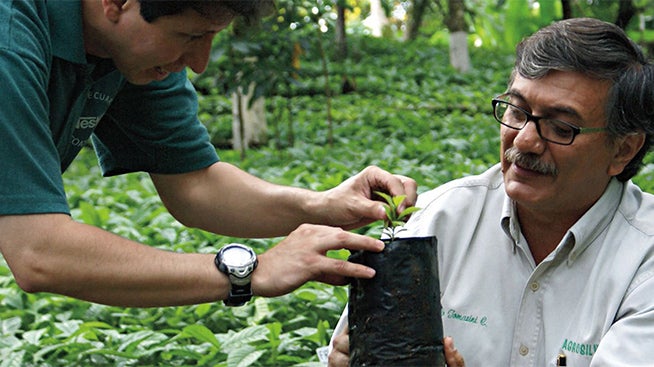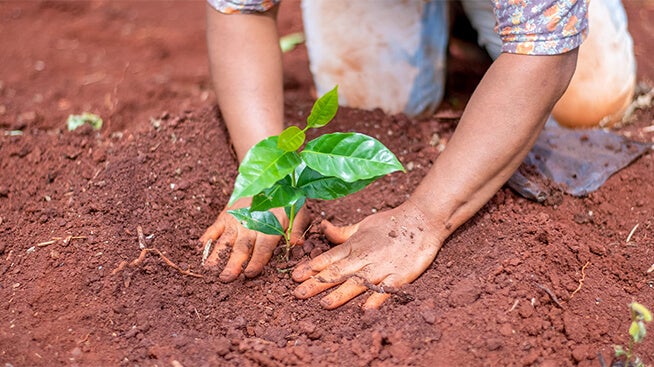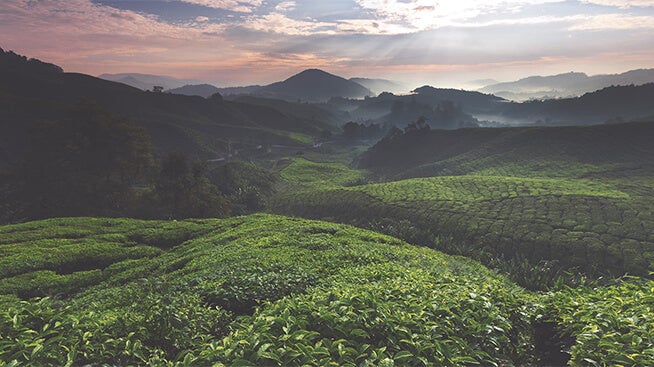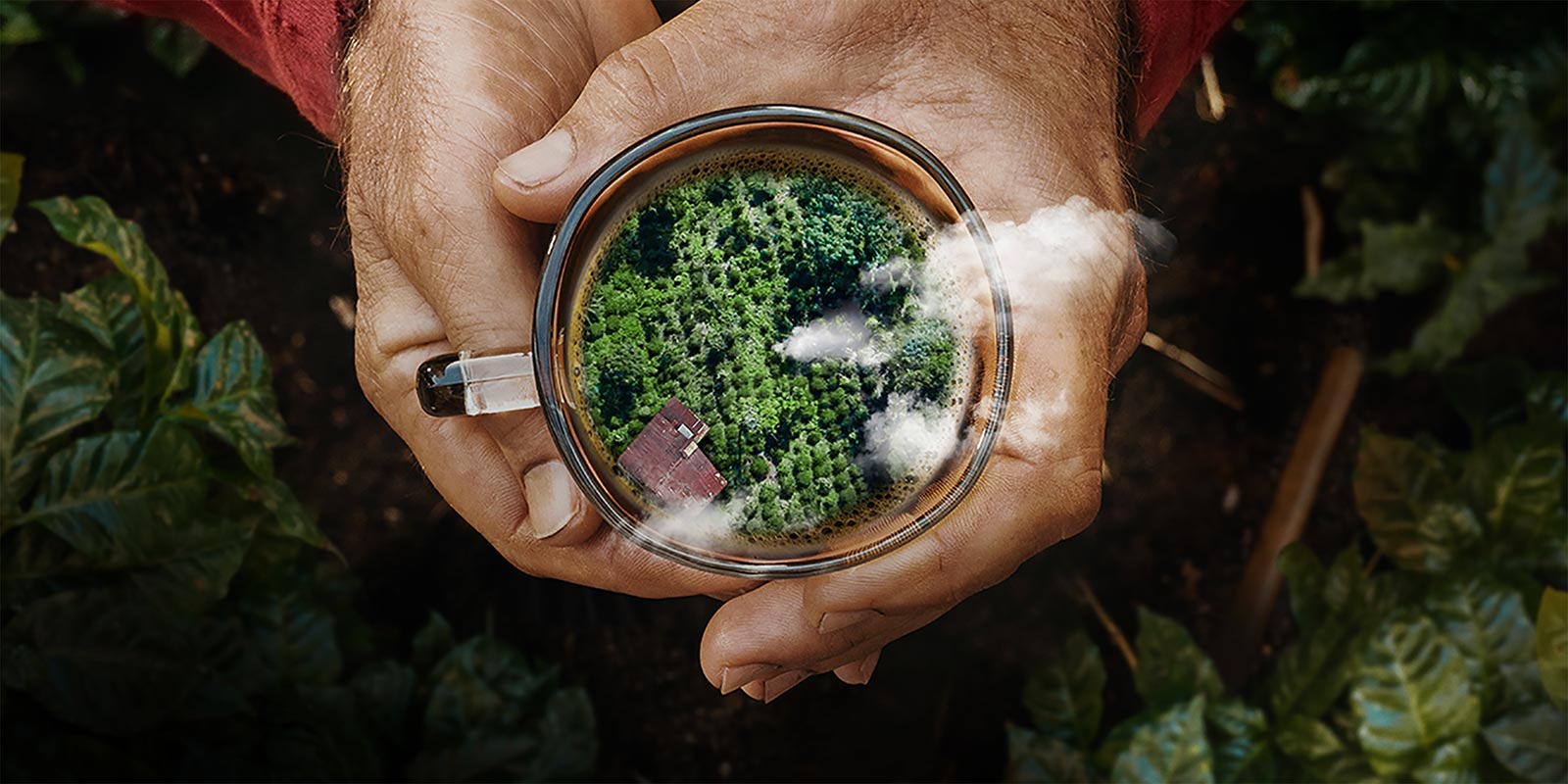Not all coffee farms are created equal. NESCAFÉ collaborates closely with farmers to understand their specific challenges in their region. Some coffee trees grow tall up to two to three meters, making it difficult to care and harvest them. In Tezonapa, Veracruz Mexico, NESCAFÉ agronomists helped improve yields by supplying smaller coffee trees. Where 600–700 plants could fit in a single hectare, farmers could now fit 1,200–1,300, practically doubling production on the same land. In addition, where the older plants took up to three years to produce coffee, the newer plants started producing after just one year.



